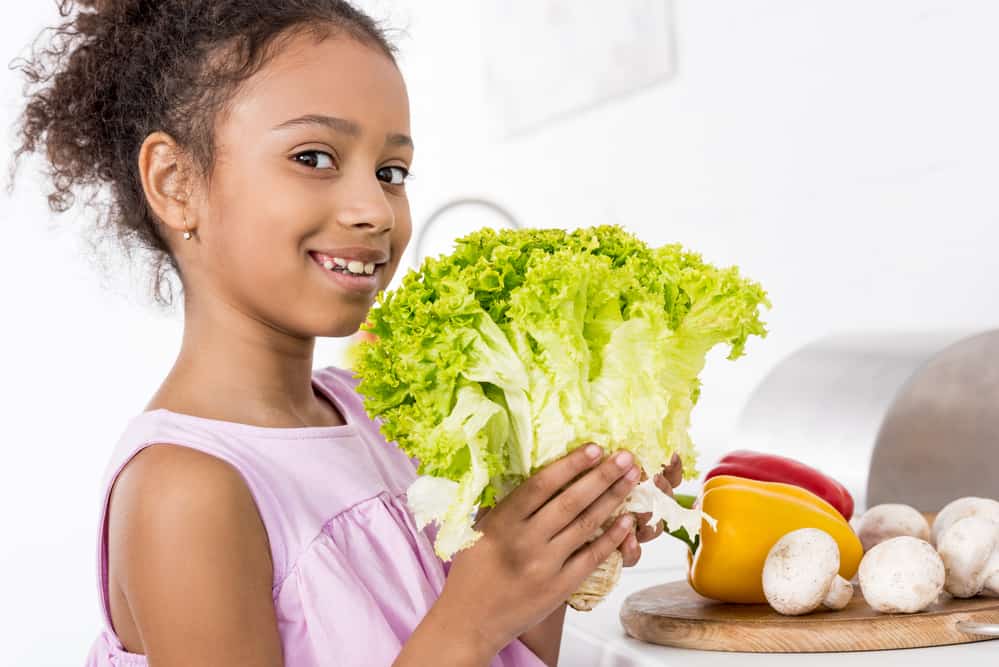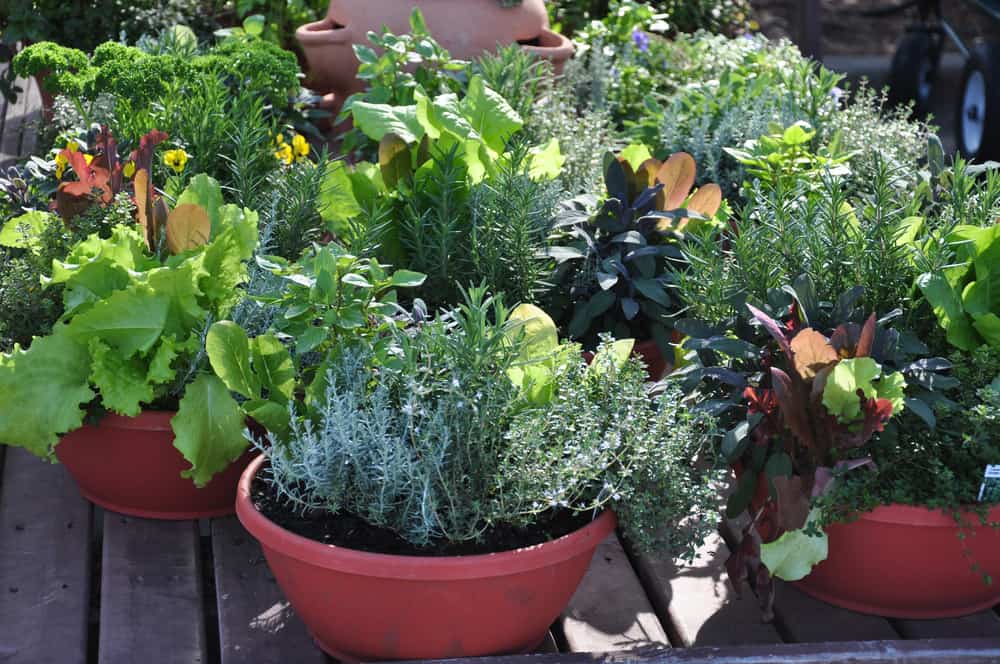Don’t let the rising cost of produce keep you from eating salad. Grow your own lettuce and save money. Lettuce is easy to grow, takes up little space and is quick to mature. Get your children involved, and they might eat more salad, too.

Photo: Deposit Photos
I’ve had the best luck with leafy lettuce varieties. Here’s how to do it:
In my experience, starting lettuce seeds indoors while there’s still a chance of frost is more trouble than it’s worth. Indoor heating dries the air, which dries out the small amounts of seed-starting soil. Overcompensating with extra water keeps lettuce seeds too moist and they can rot. So, wait until frost danger has passed, then sow seeds or starter plants outdoors in prepared beds or in containers.
Container gardening
Growing lettuce in containers allows for the longest lettuce harvest, and a few containers will provide plenty for one family. Leaf lettuce likes the milder spring and fall temperatures and will wilt in hot summer sun. But in the hottest months, you can move containers of growing lettuce into an area with afternoon shade. Given water and some shade, lettuce can grow clear into fall. Snip off outer leaves for use in salads and you can harvest salad from the same lettuce plants all season.
Whether using pots for container gardening, sowing seeds in raised beds or planting directly into prepared ground, don’t stress over perfect spacing. Most leaf lettuces, such as romaine and oak leaf varieties, are supposed to be spaced about one foot apart. That’s easy to do if you’re using transplants, but lettuce seeds are tiny flecks that stick together. Without a special seed tool, keeping lettuce seeds separate is difficult. No worries. Just lightly dust seeds over the prepared space, cover with a bit of soil (¼ to ½ inch) and keep them moist. Warm spring air and sunshine will have them sprouting quickly into a fresh lettuce “lawn” of sorts.
Harvesting ‘baby greens’
When leaves reach two to three inches, begin thinning out whole lettuce plants. Toss the sweet, tender sprigs from the harvested plants into colorful “baby greens” salads. No cutting required. The buttery, new lettuce will have you going back for more. Continue to harvest small plants and leave others in your lettuce garden. Now with more space, remaining lettuce plants will grow even more quickly. You’ll soon pinch off full-size outer leaves, leaving the lettuce plants intact for more trimming later.
Going organic
For organic lettuce growing, watch for evidence of invading insects. I do a quick visual check almost daily. Gnawed-at leaves require a closer look. Pluck off any culprits. If you are growing lettuce in containers, occasionally move pots aside. Often, the cool, moist underside of a pot attracts the very insects you want to keep away. Take care of them (or shall I say, “do away with them?”) while they’re gathered there, before they feast on your lettuce plants. In the ground or in larger garden beds, you might have to work a little harder to find the bugs. Insects such as sow bugs sometimes burrow into soil at the base of plants.

Photo: Deposit Photos
Get fancy with carrots and radishes
Want a fancier salad? Growing radishes or planting carrots saves money, too. Use adjacent containers or plant as companion plants for lettuce. Radishes and carrots come in many varieties. I’ve had the best luck with French Breakfast radishes and other cylinder-shaped varieties. In a lettuce garden bed, you can tuck a few radish or carrot seeds in with the lettuce as you thin the plants and make space. The smaller, thinner carrot varieties are the best for companion planting with lettuce.
If you have room, grow other leafy greens, too. Spinach and chard thrive in similar conditions.
Growing your own salad saves money. Plus it’s easy and fun. In time, you might become a homegrown salad junkie like me.
More Living on the Cheap articles about gardening:
- Build a salad table to grow your greens
- How to grow herbs and save money all year
- How to save money with a rain garden
- Make the most of your garden’s harvest
- Conserve water, save money with a home garden xeriscape
- 5 easy, frugal steps to sustainable living
- Regrow your own green onions in your kitchen
- Great gifts under $25 for organic gardeners
